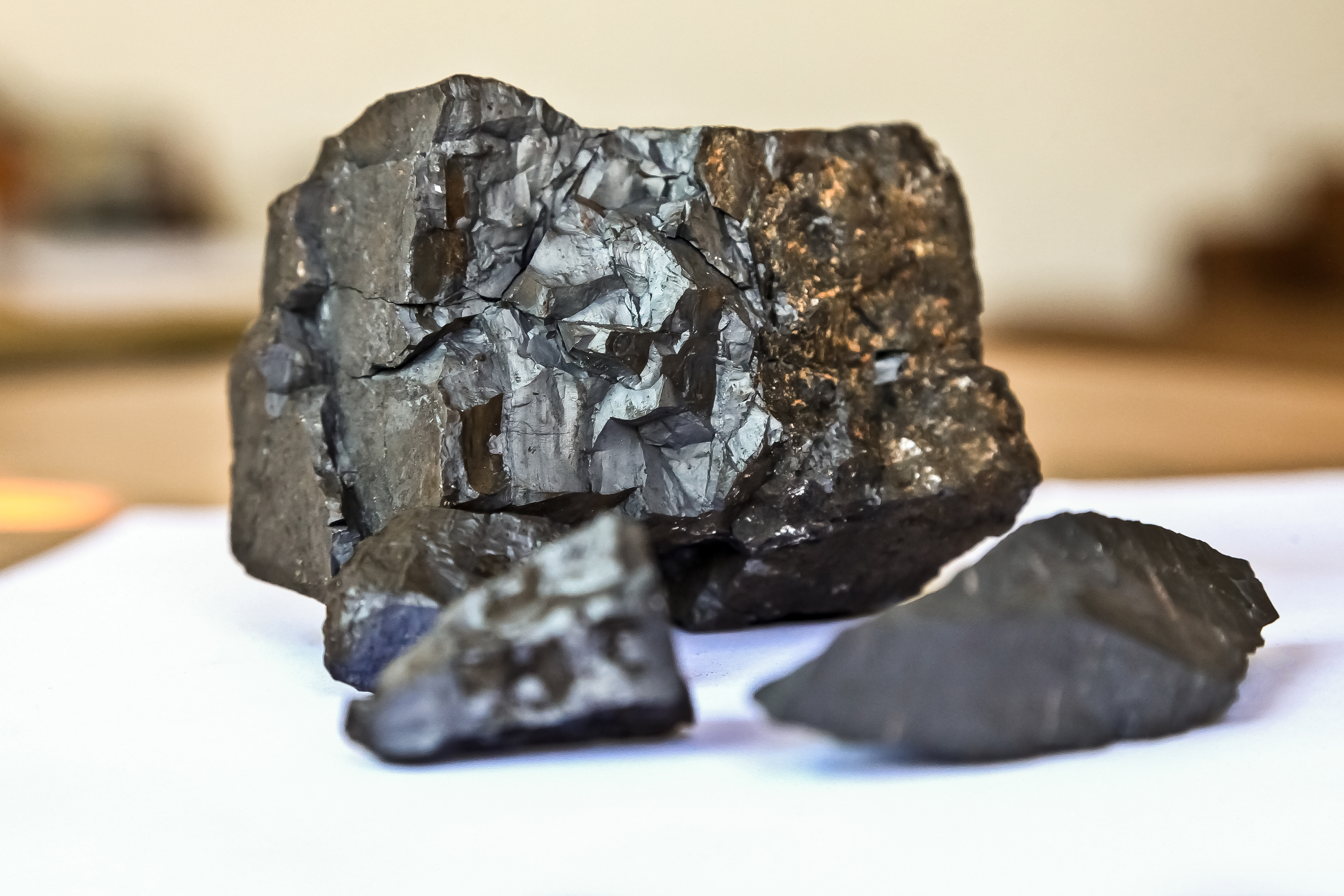The US Food and Drug Administration (FDA) recently announced a recall of nearly 79,000 cases of Fiji bottled water, after bacterial contamination and high levels of manganese were discovered. Bacteria in your water is clearly something best avoided – but what’s all this about manganese? What is this vital mineral, and what can happen to the body if you have too much? Here’s all you need to know.
What is manganese?
If you remember your periodic table, you’ll know that manganese is one of the transition metals, sitting neatly sandwiched between chromium and iron. It’s a hard, brittle metal that is abundant in our planet’s crust, and is essential to all known living organisms.
Manganese is an example of a trace mineral. These are substances that the human body needs, but only in very small amounts. Others include zinc, iodine, and selenium.

In nature, manganese usually occurs in one of several different ores.
Image credit: Sunshine Seeds/Shutterstock.com
Manganese is involved in a number of functions within the body, including antioxidant activity, wound healing, and bone development. It’s also found in a number of foods, so it’s not too difficult for most of us to ensure we’re getting enough – sources include peanut butter, spinach, and dark chocolate (yes please).
But as with everything diet-related (even plain old water), you can have too much of a good thing.
What happens if you have too much manganese?
The risks associated with overexposure to manganese are most often linked to people working in the steel industry or as welders. In the course of their work, these people may be exposed to airborne manganese dust, which if inhaled can irritate the lungs and cause a condition known as “metal fume fever”. The pattern of symptoms tends to wane over the weekend, when people aren’t working, and spike again at the start of the working week, and can include fever, muscle pain, and wheezing.
Excessive exposure to manganese over a period of time can also result in neurological symptoms that may become permanent, a condition known as manganism. These can include difficulty walking, muscle spasms, and hallucinations.
Presumably, the FDA isn’t concerned about people inhaling their Fiji water. However, consuming too much manganese in food and drink can also cause problems.
For adults aged 19 and above, US health authorities say an adequate daily intake of manganese is 2.3 milligrams for males and 1.8 milligrams for females. In children, these values are much lower, as kids’ developing brains are thought to be more sensitive to its effects.
Consuming excess manganese orally can lead to similar neurological complications to inhaling manganese dust.
“There is also an accumulating body of evidence suggesting that exposure to excess levels of manganese in drinking water (≥0.2 mg/L) may lead to neurological deficits in children, including poor school performance, impaired cognitive function, abnormal performance on neurobehavioral tests, and increased oppositional behavior and hyperactivity,” reads a report from the Agency for Toxic Substances and Disease Registry.
The reports mentions that the studies we currently have on this often have “limitations that preclude firm conclusions”, but states that the overall evidence does suggest that there could be health risks from consuming a product contaminated with excess manganese.
Such as bottled water, for instance.
What’s going on with this product recall?
The FDA has reported that Fiji has voluntarily recalled numerous 24-bottle cases of its 500-milliliter (17-ounce) bottles of water. This came after tests revealed higher than acceptable levels of manganese in addition to three genera of bacteria.
The recall was originally issued in March 2024, but has hit the news now after an update from the FDA to clarify it as a Class III recall. The cases affected were sold via Amazon, and all had production dates in November 2023.
The notice, which reportedly encompasses some 1.9 million individual bottles was declared “out of an abundance of caution”, according to one brand spokesperson who talked to Newsweek. “It is also important to note that there is NO RISK of high manganese exposure from the levels of manganese in FIJI Water,” they added.
The Environmental Protection Agency (EPA) established a non-mandatory recommendation that manganese levels in drinking water should not exceed 0.05 milligrams per liter, but there’s currently no requirement for testing for manganese in the water system. Some campaigners have expressed concern about the potential impact of exposure to manganese through drinking water, with some saying they have to filter their tap water due to visible black or brown contamination.
It’s not clear exactly how much manganese was detected in the batches of Fiji water, but the company is stressing that there is no risk to health. Given that the FDA’s own classification of the recall indicates “a situation in which use of, or exposure to, a violative product is not likely to cause adverse health consequences,” it seems likely that the levels were low.
The recalled products have now been reclaimed after customers were contacted directly. So, if you’ve not had a message, you can feel confident that this recall doesn’t affect you.
Plus, now you know loads about manganese, so it’s a win-win really.
All “explainer” articles are confirmed by fact checkers to be correct at time of publishing. Text, images, and links may be edited, removed, or added to at a later date to keep information current.
The content of this article is not intended to be a substitute for professional medical advice, diagnosis, or treatment. Always seek the advice of qualified health providers with questions you may have regarding medical conditions.
Source Link: What Is Manganese? All You Need To Know About The Mineral Behind The Fiji Water Recall